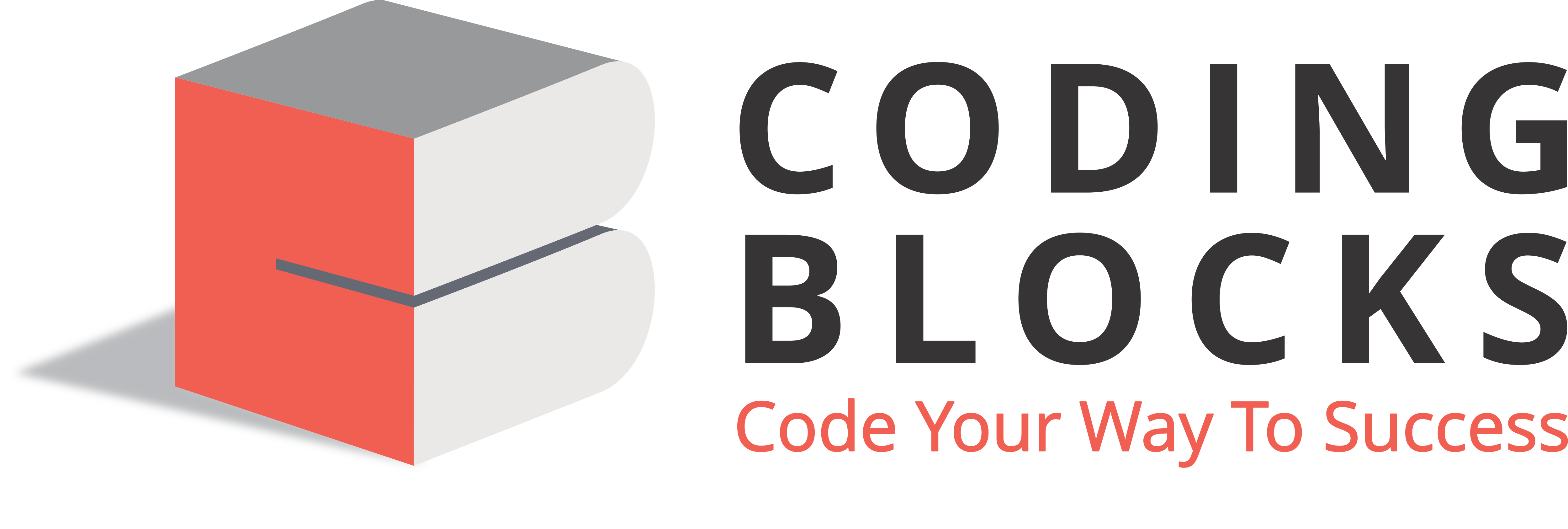can u elaborate range of data type in more systematic manner because in video it is like mixing up the things?
can u also explain what happens it we exceed the range of following data type
Regarding the range of data type
Sure!
| Type | Typical Bit Width | Typical Range |
|---|---|---|
| char | 1byte | -127 to 127 or 0 to 255 |
| unsigned char | 1byte | 0 to 255 |
| signed char | 1byte | -127 to 127 |
| int | 4bytes | -2147483648 to 2147483647 |
| unsigned int | 4bytes | 0 to 4294967295 |
| signed int | 4bytes | -2147483648 to 2147483647 |
| short int | 2bytes | -32768 to 32767 |
| unsigned short int | 2bytes | 0 to 65,535 |
| signed short int | 2bytes | -32768 to 32767 |
| long int | 8bytes | -2,147,483,648 to 2,147,483,647 |
| signed long int | 8bytes | same as long int |
| unsigned long int | 8bytes | 0 to 4,294,967,295 |
| long long int | 8bytes | -(2^63) to (2^63)-1 |
| unsigned long long int | 8bytes | 0 to 18,446,744,073,709,551,615 |
when we exceed the range wrap around occurs! which means we again start from lowest value offered by that type. This is also termed as overflow
I hope I’ve cleared your doubt. I ask you to please rate your experience here
Your feedback is very important. It helps us improve our platform and hence provide you
the learning experience you deserve.
On the off chance, you still have some questions or not find the answers satisfactory, you may reopen
the doubt.
